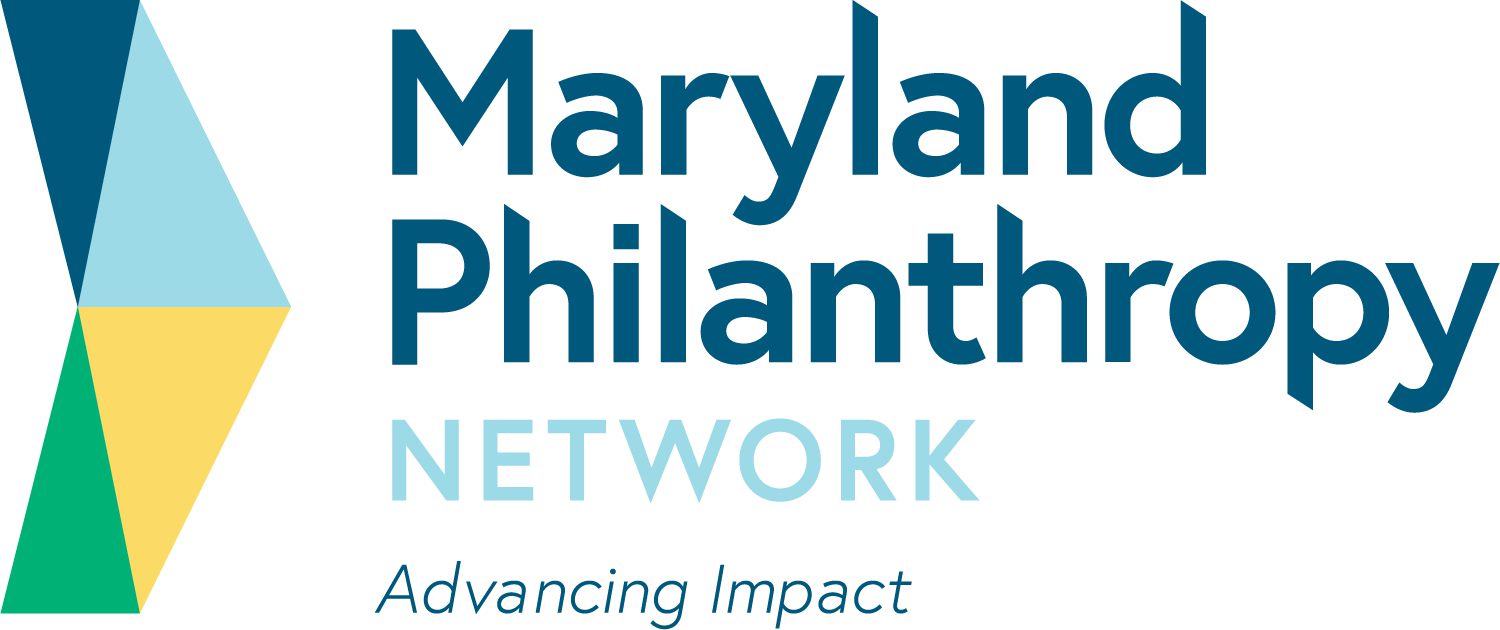From Baltimore to the Twin Cities: Reflections on Collective Impact
By Kurt Sommer
Director, Baltimore IntegrationPartnership
For The Catalyst, Living Cities Blog
"Great cities are not built on condos and coffee shops alone,” Minneapolis Mayor R.T. Rybak said as he described the work underway in the Twin Cities to guide the region's HUD Sustainable Communities and Living Cities awards to maximize local planning and investment opportunities.
Civic and political leaders in cities around the country are increasingly recognizing that today's fiscal environment requires new, innovative and collaborative approaches between government, philanthropy, advocacy, and other stakeholders to make reinvestment happen. New approaches are needed not just to foster redevelopment but to more importantly ensure that its impact can create opportunities for area residents, businesses, and neighborhoods.
To foster such outcomes, leaders are increasingly looking at a Collective Impact approach recently described by John Kania and Mark Kramer in their Stanford Social Innovation Review article. They argue that "large-scale social change comes from better cross-sector coordination rather than from the isolated intervention of individual organizations.” They further argue, that "although rare, successful examples of collective impact are addressing social issues that… require many different players to change their behavior in order to solve a complex problem.”
I recently attended a Living Cities Integration Initiative site visit to the Twin Cities for some cross-site learning, and saw how affective their collective impact approach is. Through the Corridors of Opportunity initiative, they are working to build and develop a world-class regional transit system focused on seven transit corridors at various stages of operation, construction and planning.
Living Cities resources are largely directed to the Central Corridor – a new light rail line under construction that will connect the cities of Minneapolis and Saint Paul. In addition to the nearly $20M in grant and loan resources provided by HUD and Living Cities, the Metropolitan Council, the region's planning agency, has created a new $32M TOD grant program to advance equitable TOD projects throughout the region.
From a planning and smart growth perspective, it is fantastic to hear how a region can work together to direct growth in targeted areas including near transit. What's more striking though is they are also working to ensure area communities benefit from the investment. Leadership has recognized that in order to develop the area in a way that maximizes the opportunities they have as a region, they need to think and act differently as a whole. Through the effort, they are not only advancing economic development through the transit investment but are also working to ensure that people of all incomes and backgrounds share in the resulting opportunities.
As a result, in addition to the $32 million grant program, they have worked to align technical assistance and a loan fund to support area business retention and expansion by directly aligning government and philanthropic investment and staff. They are working to facilitate a mix of housing opportunities throughout the region and rehabbing vacant homes in transit proximate neighborhoods. They are also advancing projects that demonstrate new approaches in workforce and economic development.
In Baltimore, we are also fortunate to have been awarded resources by both HUD and Living Cities to advance the issues of equity and opportunity at the community and regional levels. We have very pronounced disparities in achievement across race and geography, and addressing this issue is at the heart of both awards.
Through the Baltimore Integration Partnership, which is focused in East, Central, and West Baltimore neighborhoods, we are working to advance new opportunities through economic inclusion, workforce development activities, partnering with anchor institutions, and through new capital investment all coordinated through a table of key stakeholders.
This work builds on other initiatives, investments, and policy efforts at the state and local levels that seek to mitigate the 60 years of disinvestment and outmigration. We all see progress everyday but our work is very much in front of us and still unfolding. These opportunities and momentum feed into the regional Baltimore Sustainable Communities Initiative which is just getting underway.
As the Baltimore region delves into these efforts further, we must certainly find our own path reflective of our own economic and political landscape. Our Return on Investment may not be seen in the very near term but rather through strategic and incremental efforts to align governmental, advocacy, philanthropic, and community based stakeholders on a common agenda.
For us to succeed though, stakeholders will need to take a page out of the Twin Cities manual and look beyond our own backyards to the collective whole of our region.
Kurt Sommer is the Director of the Baltimore Integration Partnership at the Maryland Philanthropy Network
FIND MORE BY:

